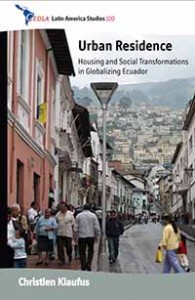Landscapes beyond La nd: Routes, Aesthetics, Narratives, edited by Arnar Árnason, Nicolas Ellison, Jo Vergunst, and Andrew Whitehouse has recently been released as part of the EASA series. Here Andrew Whitehouse takes us behind the makings of the volume and shares how through his involvement he overcame his own skepticism for the usefulness of landscape as an idea in anthropology.
nd: Routes, Aesthetics, Narratives, edited by Arnar Árnason, Nicolas Ellison, Jo Vergunst, and Andrew Whitehouse has recently been released as part of the EASA series. Here Andrew Whitehouse takes us behind the makings of the volume and shares how through his involvement he overcame his own skepticism for the usefulness of landscape as an idea in anthropology.
________________________
1. What drew you to the study of how landscapes are constituted and recollected?
We were initially encouraged by getting some funding from the UK Arts and Humanities Research Council to run a series of workshops on the theme of landscape. The four of us (myself, Jo Vergunst, Nicolas Ellison and Arnar Arnason) were all interested in environmental anthropology and we were keen to see how different anthropologists were thinking about landscapes. Nicolas is from France and one of our aims was to compare French and British approaches. This really came to the fore when we had a workshop in Paris. We also wanted to see how ethnographic writing about landscape could draw together different elements, from very direct perception to large scale and long-term structural dimensions.
2. What aspect of writing or assembling this work did you find most difficult?
Probably just the sheer task of communicating with all of the different people who have been involved in the book. That’s one of the challenges of an edited volume, I guess. Sometimes there were different perspectives within the editorial team, but in many ways we wanted the book to reflect different ideas about landscape, so that wasn’t a problem.
3. How did your perceptions of the book’s topic change from the time you started your research to the time you completed the book?
I definitely learnt a lot about landscape! When we began the series of workshops on which the book was based, I’ll confess to being a bit skeptical about the usefulness of landscape as an idea in anthropology. I thought it was a problem that it had so much baggage and that it lacked precision. I’ve come to rather like that baggage though, because it tends to take things in an interesting direction. I love the way that landscape seems to encourage us to draw nature, culture and history together.
4. If you weren’t an anthropologist, what would you have done instead?
I used to work on a nature reserve and in fact became an anthropologist initially as a way to think about that sort of landscape. I certainly wouldn’t mind working on a reserve these days. As anyone who knows me will tell you, I’m fairly obsessed with wildlife and it would be good to work outdoors a bit more than I do.
____________________
Andrew Whitehouse is a Teaching Fellow in Anthropology at the University of Aberdeen. He has conducted research in various parts of Britain and elsewhere on conservation issues and human–animal relations, with a particular focus on relations with birds through sound.

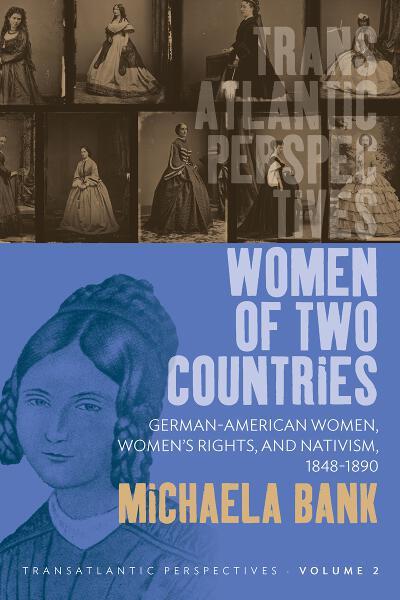
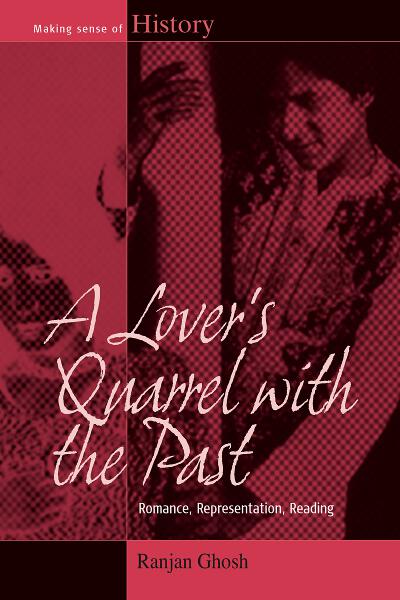 Note: Berghahn recently published Ranjan Ghosh’s
Note: Berghahn recently published Ranjan Ghosh’s 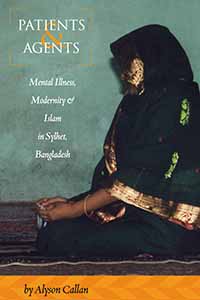

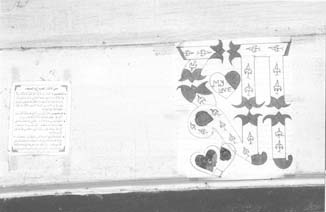
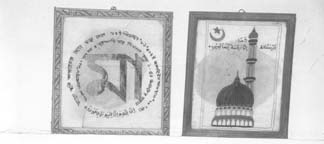

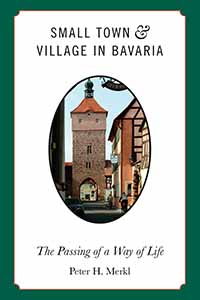 Note: Berghahn recently published Peter H. Merkl’s
Note: Berghahn recently published Peter H. Merkl’s 


